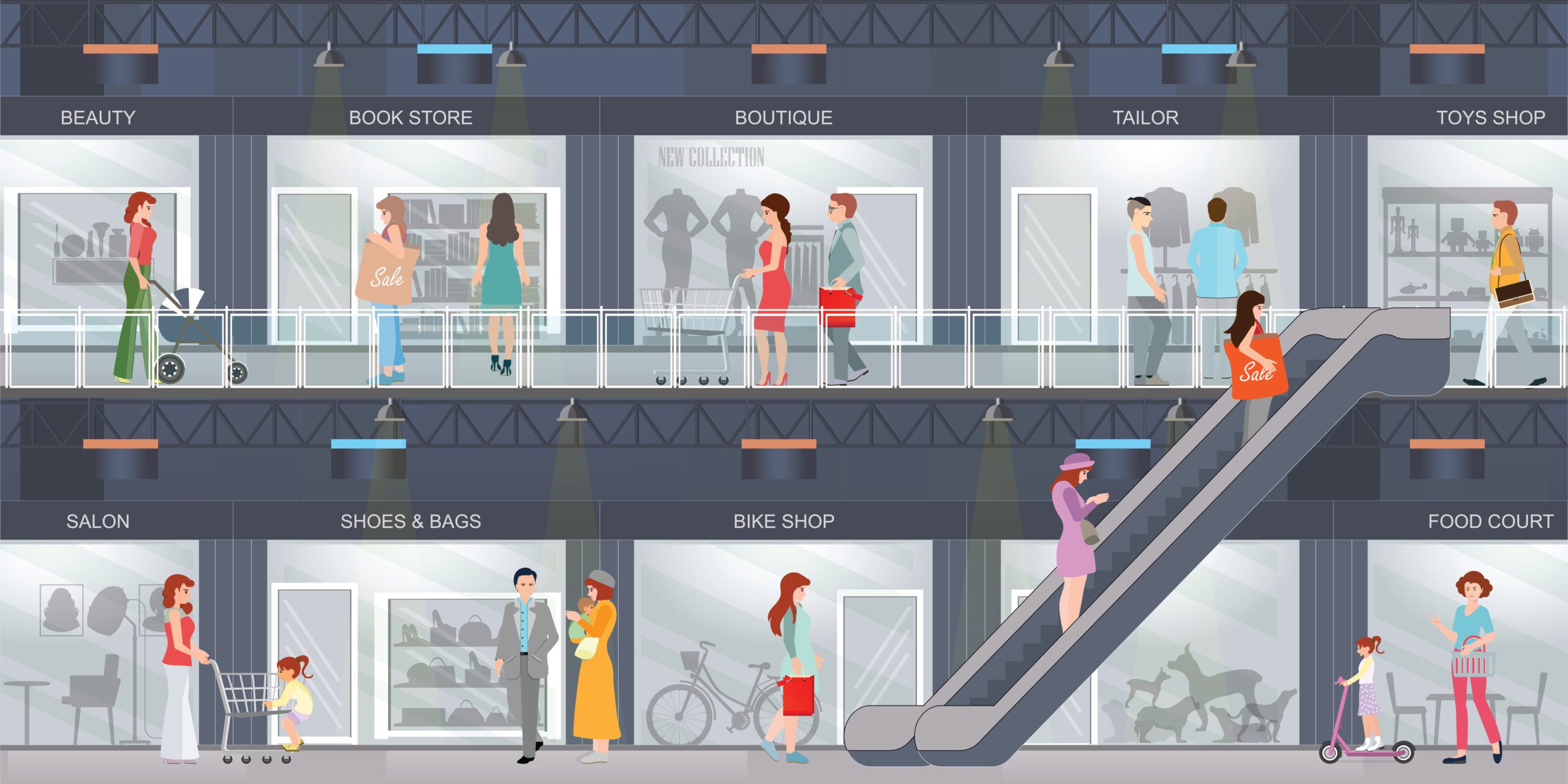
High Inflation’s Impact on Consumer Spending
Based on inflation and consumer confidence data, many economists had anticipated lower consumer spending for the holiday season in 2022, but we’ve actually seen the opposite. Despite inflationary pressures, consumers have ramped up spending and slowed savings in the third quarter of 2022.
In fact, Thanksgiving weekend spending in 2022 broke records for both online and in-person sales.
What is Consumer Spending?
Consumer spending is a pretty self-explanatory term, but there is a specific economic definition that is used as a key metric of the US economic activity.
As defined by the U.S. Bureau of Economic Analysis (BEA), consumer spending, also referred to as personal consumption expenditures (PCE), is the total value of the goods and services purchased by American individuals and households.
PCE comprises roughly two-thirds of gross domestic product (GDP) and is therefore typically a large component of short-run economic growth.
Economic Importance of Consumer Spending
Economists view consumer spending as an economic indicator not only because it makes up a large portion of GDP, but also because many variables go into how much money households are going to spend.
Consumer spending depends on household debt levels, income per capita and consumer confidence, meaning the amount that consumers spend can indicate how these other economic factors are faring.
Many sectors of the US economy rely on consumer spending for revenue and profits. If consumers are slowing their spending, businesses may have to adjust by reducing costs or garnering attention in other ways such as new products.
Needing to make cost cuts could also look like reducing wages or reducing employment, which can lead to higher unemployment levels in the labor market.
Understanding Inflation
Inflation refers to the increase in the price level of goods and services. Both the Consumer Price Index (CPI) and the Personal Consumption Expenditures (PCE Price Index) are measures of inflation and its effects on individuals.
- Read more: What Are The Causes of Inflation?
- Read more: Who Benefits From Inflation? 7 Biggest Winners and Losers
Inflation’s Impact on Consumer Spending
Inflation forces consumers to pay higher prices to purchase the same items they did a year prior. Of course, not every household buys the same items so the impact of inflation isn’t uniform.
An individual’s personal inflation rate will depend on the types of goods and services they are buying as well as where in the US they reside.
The Federal Reserve and policymakers utilize the consumer price index to help determine the monetary policy to try and maintain the inflation target.
In response to high inflation, the Fed has implemented the steepest interest rate hikes in over 40 years. The goal of the Fed is to slow spending in order to slow inflation.
Consumer Spending in 2022
Inflation and interest rates are at 40-year highs in the US, meaning household purchasing power and borrowing power have been shrinking. Especially when you consider that wage growth has fallen far behind the inflation rate.
Economic and monetary policy theory posits that rate hikes should discourage spending and encourage saving because of increased borrowing costs.
The most recent data released by the BEA shows that even as income rose 0.7% over the past month, inflation-adjusted after-tax personal income has actually fallen 3% over the last year (as of October 2022).
However, in 2022 US consumer spending rose. Inflation-adjusted consumer spending is actually up 1.3% year-over-year in October.
What’s happening is that rather than slow spending, individuals have chosen to tap into their savings and borrow more in order to maintain spending levels. The BEA showed that the personal savings rate fell to 2.3% in October 2022.
This is the first time the savings rate has fallen below 3% since July 2005 when it came in at a record low of 2.1%.
Personal savings hit decade highs during the pandemic as more people were staying home and reducing discretionary spending. So the retail industry may just be enjoying a continuation of pent-up demand from almost 2 years under lockdown.
The Bottom Line
With personal debt at record highs, credit card usage at a two-decade high and personal savings rate almost as low as it’s ever been, it looks like the Fed’s inflation-slowing strategy has not worked yet.
While inflation has slowed moderately since reaching the 40-year high back in September, continually high prices, low savings and high mortgage rates may not signal a hopeful future of economic health and consumer confidence.